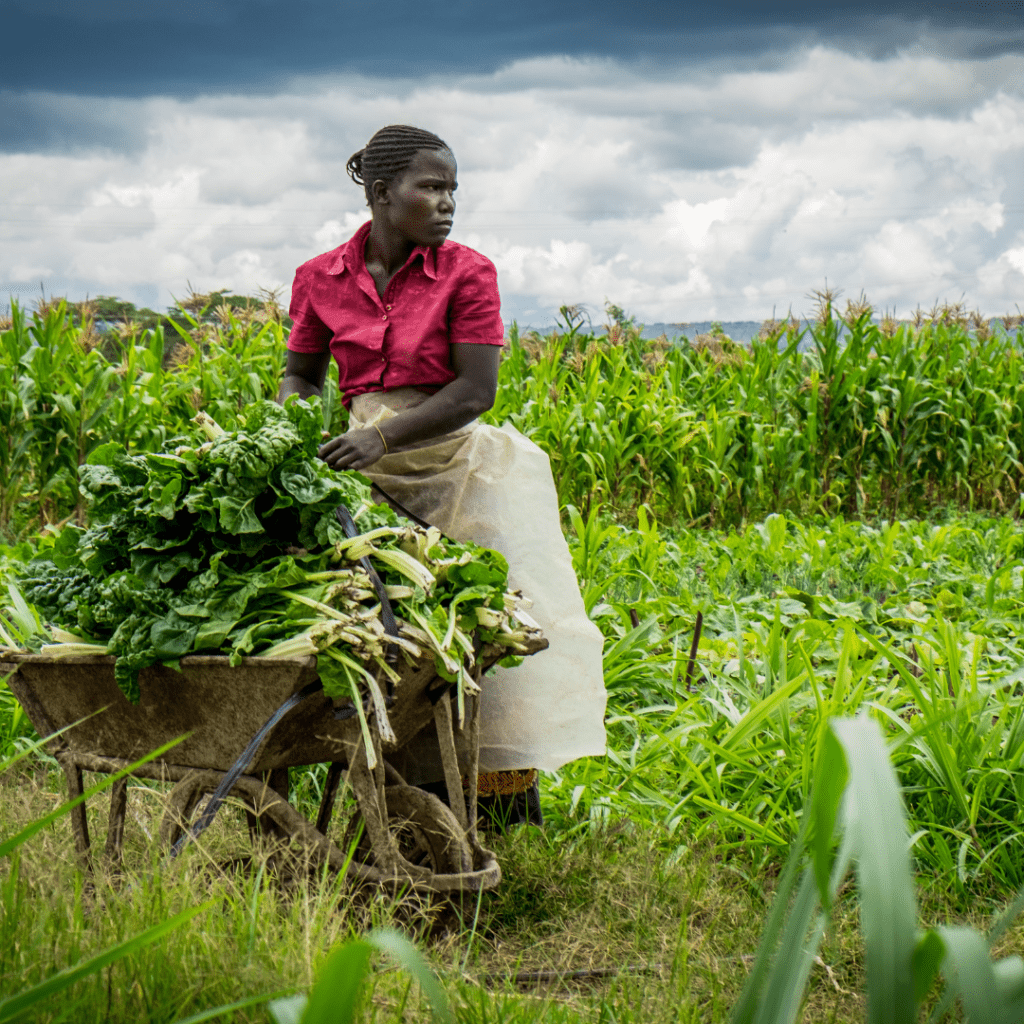Industry of Kenya
Industry of Kenya
Kenya’s industrial outlook was marked by several key trends and opportunities throughout 2022-2023. The country had been experiencing steady industrial growth and was working towards further industrialization and economic diversification.

Major Industrial Players
Manufacturing and Value Addition
Kenya had been focusing on expanding its manufacturing sector and adding value to its products to reduce its reliance on raw material exports. Initiatives such as the “Big Four Agenda” emphasized manufacturing, affordable housing, universal healthcare, and food security as key pillars of economic development. The government was actively promoting local production through policies like “Buy Kenya, Build Kenya,” aimed at boosting domestic industries and reducing import dependence.
Information Technology and Innovation
Kenya had made significant strides in information technology and innovation. Nairobi, often referred to as “Silicon Savannah,” had become a technology and startup hub, attracting investment and talent. Innovations such as mobile money services (e.g., M-Pesa) had gained global recognition, and there were ongoing efforts to harness technology for various sectors, including fintech, healthtech, and agritech.
Infrastructure Development
Ongoing infrastructure development projects have played a pivotal role in shaping Kenya’s industrial outlook. Investments in transportation, including the Standard Gauge Railway (SGR) and the Lamu Port-South Sudan-Ethiopia Transport (LAPSSET) corridor, aimed to improve connectivity, reduce transportation costs, and enhance trade links within the region. Moreover, efforts to upgrade ports, roads, and energy generation have supported industrial growth by providing reliable and efficient infrastructure. These developments have attracted investments and positioned Kenya as a strategic gateway to East and Central Africa.
Challenges and Constraints
Despite progress, Kenya faces several challenges in its industrialization journey. Access to affordable credit remains an issue for many businesses, particularly small and medium-sized enterprises (SMEs). Bureaucratic hurdles, corruption, and regulatory inefficiencies have at times hindered industrial growth. Inadequate infrastructure in some regions and the need for improvements in logistics and supply chain management have also been obstacles. Additionally, the volatility of global commodity prices and trade dynamics can impact Kenya’s industrial sectors, such as agriculture and manufacturing.
Regional Integration & Trade
Kenya’s industrial outlook is closely tied to regional integration efforts, particularly within the East African Community (EAC) and the African Continental Free Trade Area (AfCFTA). These initiatives provide opportunities for expanded markets and increased trade, positioning Kenya as a key player in regional economic integration. The country’s strategic location, coupled with its investments in infrastructure, allows it to serve as a gateway for goods entering and exiting East Africa.
Sustainability and Green Growth
As part of its industrial outlook, Kenya has recognized the importance of sustainability and green growth. Efforts have been made to promote eco-friendly manufacturing practices and renewable energy sources. Sustainable agriculture practices, conservation efforts, and renewable energy projects are key components of Kenya’s strategy for sustainable industrial development, aligning with global environmental goals.
